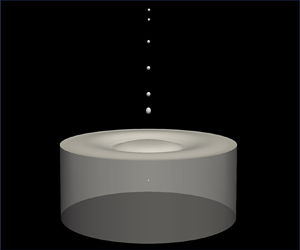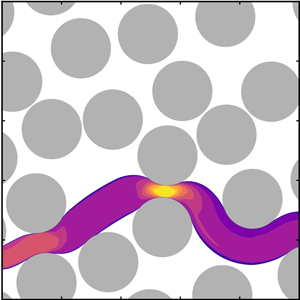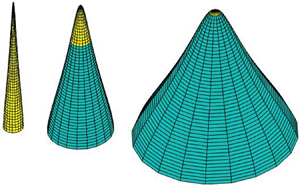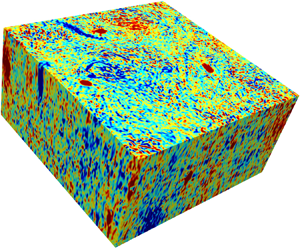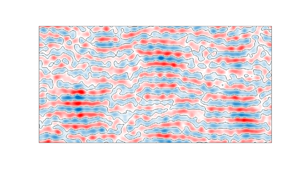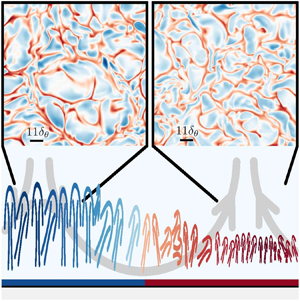Upscaling the effect of heterogeneities in porous media is crucial for macroscopic flow predictions, with numerous applications in energy and environmental settings. In this study, we derive simple semi-analytical expressions for the upscaling of multiphase flow in a porous medium with a range of vertical heterogeneities. We use this upscaling to give insight into how the flow transitions between a viscous flow regime, in which macroscopic pressure gradients dominate over heterogeneity-driven capillary forces, and a capillary flow regime, in which these capillary forces dominate and set the saturation distribution of the flow. In particular, by studying the dynamics of flow in an aquifer, we demonstrate that different regions lie within the viscous and capillary flow regimes whilst other regions lie in between these regimes. By modifying the classic Buckley–Leverett problem for fluid displacement we demonstrate where and when the flow transitions between these regimes and how this affects flooding speeds. Then, we discuss the implications of these results in the case of carbon dioxide sequestration, making comparisons with field data.


